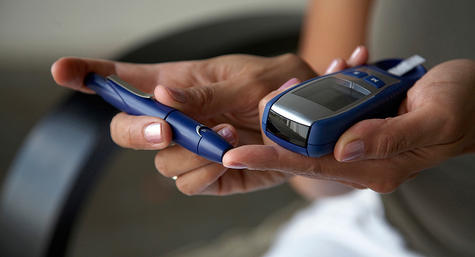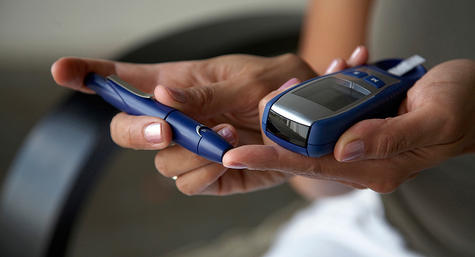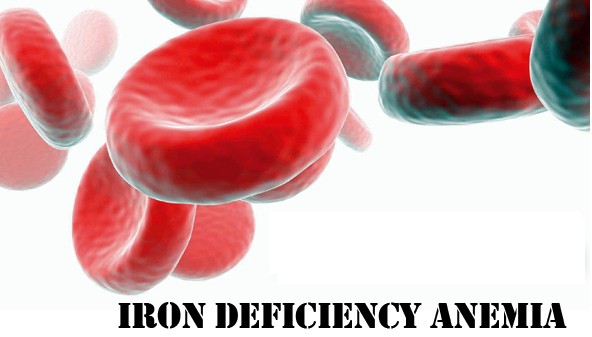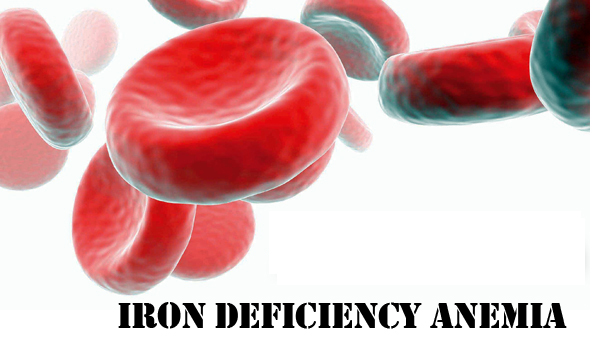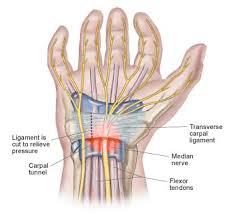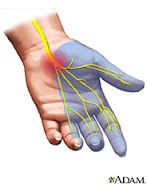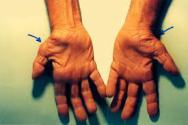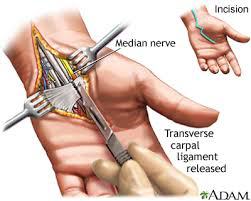Vitamin D deficiency
Why children and adults need vitamin D
Children need vitamin D for bone growth and development. So do babies developing in the womb. This is because vitamin D helps us absorb calcium,
Serious vitamin D deficiency can cause Rickets, delayed motor development, muscle weakness, aches and pains, and fractures.
Vitamin D deficiency in adults has also been linked to osteoporosis, some cancers, heart disease and diabetes
If women don’t get enough vitamin D during pregnancy, their children might develop neonatal hypocalcaemia (not enough calcium in the blood) or rickets later in childhood.
Vitamin D and sunlight
You need sunlight on your skin for your body to make vitamin D. You get about 80% of your vitamin D this way.
No matter where you live, you have to be careful about how much sun you get on your skin. Too much sun can lead to sunburn, skin damage and even skin cancer.
Other factors affecting how much sun you need
People with naturally very dark skin need 3-6 times more sun to make vitamin D than the amount fair-skinned people need.
It’s important to note that there is no conclusive Australian or New Zealand data on how much sun children need for good levels of vitamin D.
To get more information and advice about how much sun is right for you, speak with your GP.
Be sun smart
Spending too long in the sun isn’t good for your skin, so it’s important to use sun protection.
During summer, especially between 10 am and 4 pm, make sure your child is safe in the sun with sunscreen, a hat, sunglasses, clothing that keeps the sun off and access to plenty of shade.
Vitamin D and food
Most children won’t get enough vitamin D from food alone.
But food with lots of vitamin D can add to the vitamin D your child gets from sunshine.
Foods naturally containing vitamin D include fresh fatty fish (salmon, herring, mackerel and sardines), liver, mushrooms and egg yolks. Some of the best food sources of vitamin D:
• 1 ounce salmon: 102 IU
• 6 ounces fortified yogurt: 80 IU
• 1 ounce canned tuna, drained and packed in oil: 66 IU
• 1/2 cup orange juice, fortified with 25 percent of daily value for vitamin D: 50 IU
• 1/2 cup fortified milk (whole, low-fat, or skim): 49 IU
• one slice fortified American cheese: 40 IU
• 1/2 cup fortified, ready-to-eat cereal: 19 IU
• 1 ounce mackerel: 11.6 IU
• 1/2 large egg yolk: 10 IU
• 1/2 teaspoon fortified margarine: 10 IU
• 1/2 ounce Swiss cheese: 6 IU
The amount of vitamin D in a food varies somewhat, depending on the brand of the product.
Some foods have vitamin D added to them. These include margarine and some low-fat milk and dairy products. All infant formula contains vitamin D.
You can boost the benefits of being out in the sun for a little while each day by doing some physical activity while you’re there. This is because daily exercise helps your body make vitamin D.
Vitamin D deficiency
Children might be at risk of vitamin D deficiency if they:
• keep all their skin covered
• spend most of their time indoors and don’t get much or any sun
• have a condition affecting how the body controls vitamin D levels – for example, liver disease, kidney disease, problems with absorbing food (such as celiac disease or cystic fibrosis and some medicines can affect vitamin D levels
• have darker skin
• have been breastfed for a long time and have a mother whose vitamin D is low.
Signs of vitamin D deficiency include rickets, delayed motor development, muscle weakness, aches and pains, and fractures.
How much vitamin D does my child need?
Infants up to 12 months old need 400 international units (IU), or 10 micrograms (mcg), a day. Children older than 1 need 600 IU, or 15 mcg, a day.
Treating vitamin D deficiency
Talk with your Pediatrician if you’re worried about your child’s vitamin D levels, or you’re pregnant and think you might have low vitamin D.
Your Pediatrician can order a blood test, which is the best way to check vitamin D levels.
For mild deficiencies, your Pediatrician might say that your child needs to get a bit more sun.
If you or your child has a severe vitamin D deficiency, your GP might say you or your child should take vitamin D supplements, as well as getting more sun.
If you or your child can’t get more sun, the pediatrician might say that taking vitamin D supplements is the best thing to do. You might take a vitamin D supplement in one large, single dose, or you might take a supplement for several weeks or month.
Solariums aren’t recommended as way to improve vitamin D levels or to treat vitamin D deficiency. Solariums can cause skin cancer.
Vitamin D, pregnancy and breastfeeding
A baby’s vitamin D stores go up during development in the womb and go down after birth until the baby starts getting vitamin D from sunlight along with diet.
If a pregnant woman has low levels of vitamin D, she might not pass on enough vitamin D to her baby.
Breastfeeding babies don’t get much vitamin D from breast milk, because breast milk doesn’t have much. And if a breastfeeding mum has low vitamin D, it can be even harder for her baby to get enough vitamin D.
If you have any concerns about whether your baby is getting enough vitamin D, you can talk with your pediatrician about using a vitamin D supplement. Doctors often say a daily supplement of 400 micrograms is good for mothers who are breastfeeding babies at risk of vitamin D deficiency.
It’s still OK for you to breastfeed your baby if you’re taking a vitamin D supplement.
Infant formula has higher levels of vitamin D, so formula-fed babies don’t usually need a supplement.
